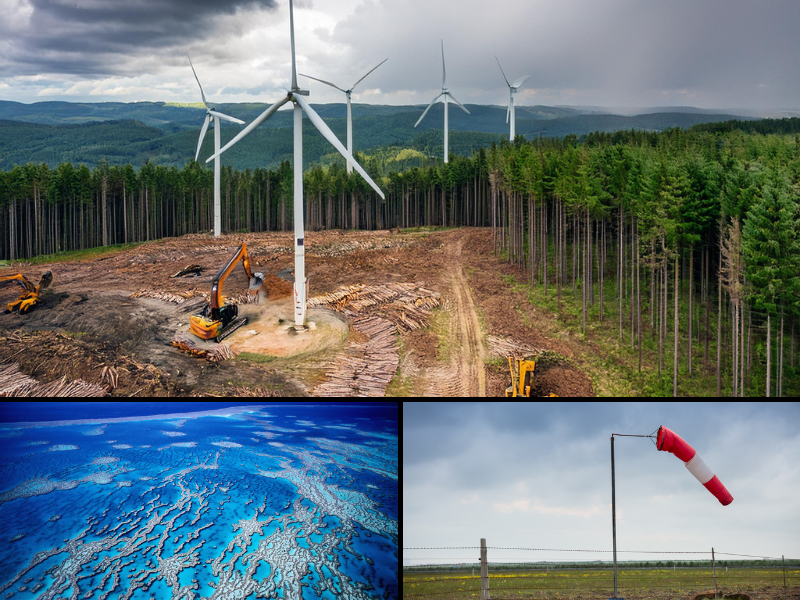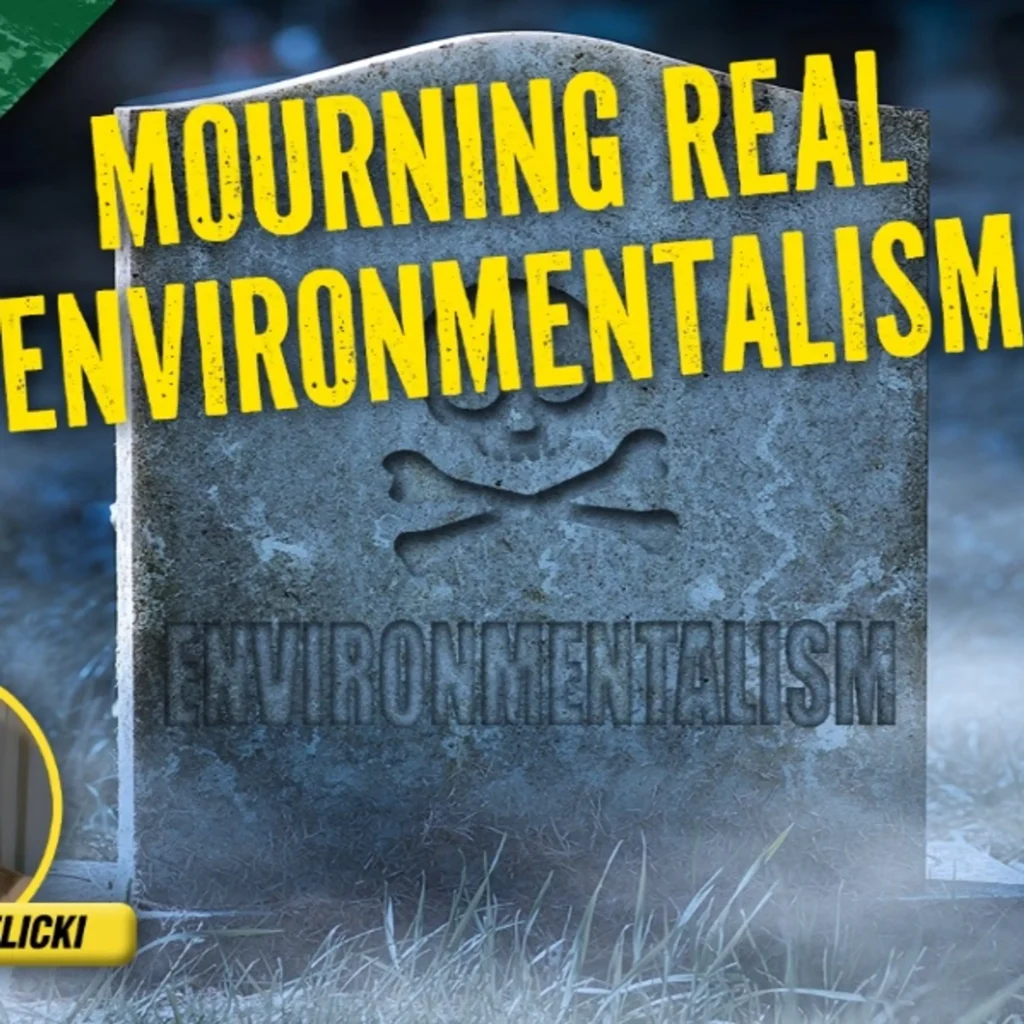Hoping to rally support for California Gov. Arnold Schwarzenegger’s (R) $4 billion plan to build two new hydroelectric dams, state Sen. Dave Cogdill (R-Modesto) told the California Farm Bureau Federation (CFBF) on March 1 the dams are needed to counteract potential global warming effects.
Schwarzenegger, who has made countering the effects of climate change a high-profile issue for his administration, is asking California voters to approve in 2008 $4 billion in bonds to pay for two new reservoirs, both of which will be hydroelectric projects.
“With California’s booming population, and with the impact that global warming will cause to our snow packs, we need more infrastructure, a wide-ranging water storage and delivery system, including above-ground facilities,” Schwarzenegger said in a January 9 news release.
“This funding is critical to upgrade our water infrastructure so the next generation of Californians is not faced with a shortage of this precious resource,” the governor continued. “We need a modern, comprehensive approach to addressing our growing water needs that includes storage, conveyance, and conservation.”
If approved by voters, the dams would be the first new state-owned dam and reservoir projects in more than 30 years.
Seeking Approval
Cogdill was seeking the support of the California Farm Bureau Federation, which to date has taken no position on the proposal, at the March 1 CFBF Leadership Conference.
“Whatever your position may be on global warming and climate change,” Cogdill said, “the data are pretty clear on the changes in hydrology relating to snowfall in this state. If we do in fact deal with more rain in the future when we’ve had snow in the past, then we’ve got to do a better job of managing that flow of precipitation. An important component is to make sure our ability to store and manage that runoff is enhanced, and that’s where our bill comes in.”
Responding Skeptically
New research reported in the February 16 Sacramento Bee suggests the governor’s scheme may increase the amount of greenhouse gases put into the air. Substantial greenhouse gas emissions, the Bee asserts, will be released when cement is made for the dam, when the dam is under construction, and when the land behind it is flooded, causing vegetation to rot, which releases carbon dioxide and methane into the air.
“If these [dams] are going to be built as a response to climate change, you at least need to convene some people to study the effect it will have,” Danny Cullenward, a research associate at the Program for Energy and Sustainable Development at Stanford University, told the Bee. “The facts are in that it’s not a zero-impact source from an emissions standpoint.”
According to several recent research projects summarized by the Bee, some reservoirs absorb more carbon dioxide than they emit, while the net effects at other manmade lakes vary according to geology, climate, reservoir operations, and other factors.
Studying Effects
To date, only one such study has been carried out in California. The study, released in 2004 by researchers at the University of Quebec in Montreal, produced mixed results. It found California’s Shasta Lake released 224 tons per day of carbon dioxide, equal to about 14,500 average automobiles, each driven 40 miles a day. Emissions at California’s Lake Oroville equaled about 3,400 cars.
By contrast, California’s New Melones reservoir, probably because of a difference in water acidity, absorbed carbon dioxide equal to about 975 cars.
Emitting Methane
Reservoirs also emit methane, a more potent greenhouse gas than carbon dioxide. The Canadian researchers found each of the three California lakes they studied emitted about a ton of methane a day.
Cullenward, who has published a review of the science of reservoir emissions in the journal Climatic Change, says methane from reservoirs may boost global methane inventories 20 percent. California has yet to count reservoir emissions in its own greenhouse gas inventory.
“The science is still unsettled,” said Sterling Burnett, senior fellow at the National Center for Policy Analysis. “Ironically, Schwarzenegger’s proposal may add to greenhouse gas emissions, although it is hard to tell.
“What we do know,” Burnett added, “is that dams have historically been prone to boondoggles, forcing taxpayers as a whole to pay for benefits for a few.”
While the fate of the reservoirs will be determined by voters (and perhaps by courts), the environmental issues raised by the governor’s initiative show unintended consequences are alive and well in the climate debate, critics say. Schwarzenegger’s water project demonstrates how a technology deemed “clean” in certain quarters can be seen as a “pollutant” by others.
Bonner R. Cohen ([email protected]) is a senior fellow at the National Center for Public Policy Research in Washington, DC and author of The Green Wave: Environmentalism and its Consequences, published by the Capital Research Center.
For more information …
Danny Cullenward, “The Dam Debate and its Discontents,” Climatic Change, March 2006, http://pesd.stanford.edu/publications/the_dam_debate_and_its_discontents/




